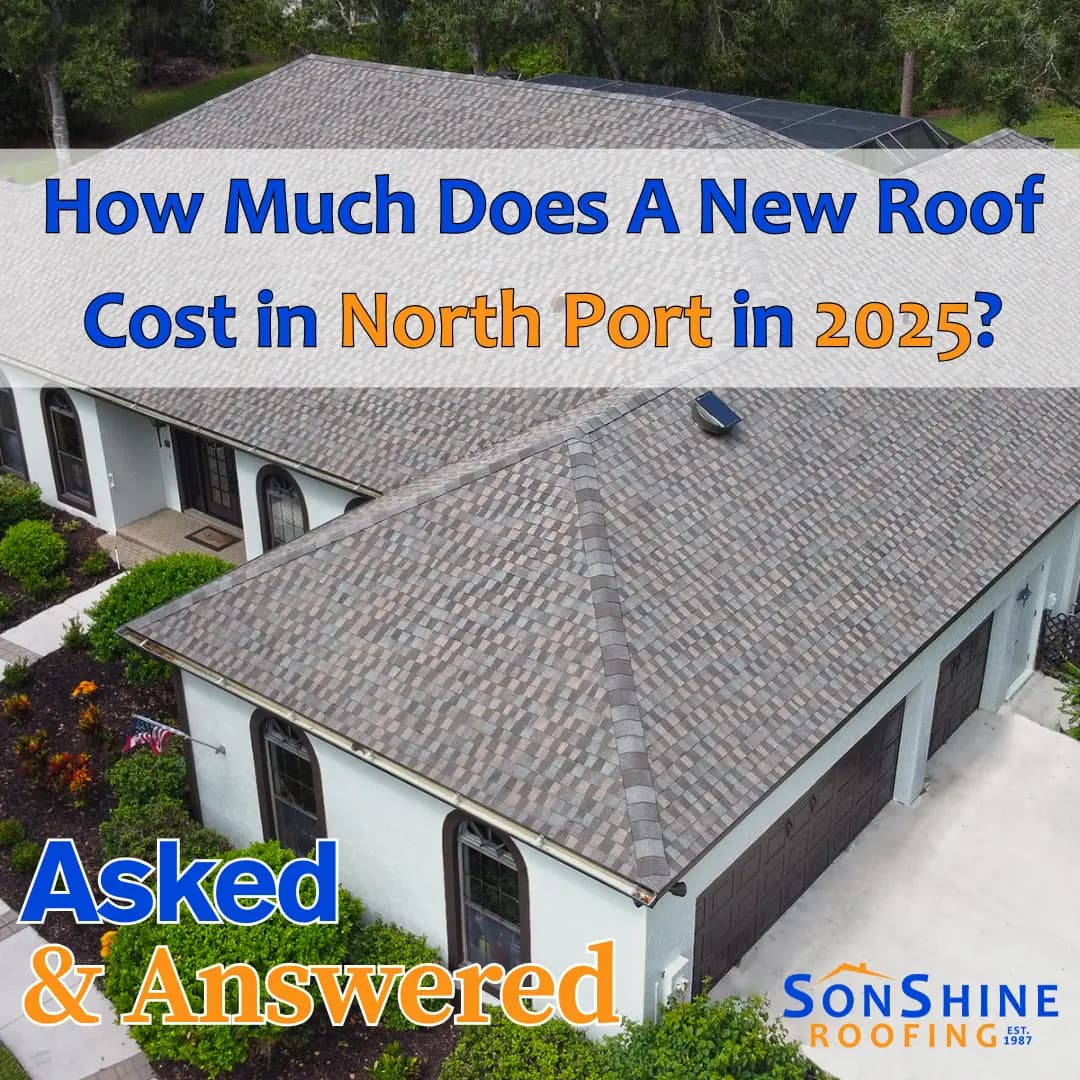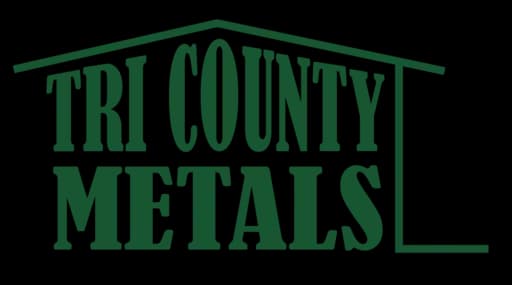Standing seam vs. exposed fastener is the key decision when choosing a metal roof. These two systems cover almost every residential metal roof option you’ll see. One is sleek, durable, and low-maintenance. The other is more affordable up front and common across neighborhoods. Understanding the difference will help you pick the roof that matches your budget, climate risks, and how long you plan to keep the house.
Standing Seam vs. Exposed Fastener: The Basics
At a high level there are two approaches:
- Concealed fastener panels (standing seam) — Fasteners are hidden under the panel seams. This is often called the premium option because it eliminates exposed screws and provides better long-term water protection.
- Exposed fastener panels — Panels like 5V or ribbed profiles sit on the roof deck with screws visible on the surface. These are common in residential jobs and cost less initially.
Why Fastener Placement Matters
Fastener placement determines how a roof handles wind, water, and sunlight. With standing seam vs. exposed fastener, the standing seam keeps the attachment points covered by the next panel, so water has fewer paths to get in. That makes it more watertight and gives a higher wind uplift rating — an important factor in hurricane-prone regions.
Take the first step
Schedule a fast, no-pressure visit. Since 1987 we’ve got you covered.
Get startedStanding Seam: Strengths and Tradeoffs

See full project details & video

- Strengths: Concealed fasteners, superior wind uplift resistance, cleaner look, lower long-term maintenance.
- Tradeoffs: Higher material and installation cost. Requires experienced installers for proper performance.
Exposed Fastener: Strengths And Tradeoffs

See full project details & video

- Strengths: Lower initial cost, simpler installation, still better wind performance than most shingles.
- Tradeoffs: Screws and washers are exposed to sunlight and weather. Over time the watertight seal around exposed fasteners will deteriorate and require maintenance or replacement.
Extending the Life of Exposed Fastener Roofs
If budget steers you toward an exposed fastener system, you can reduce long-term issues by choosing higher-quality fasteners. Look for screws with a UV-protective cap over the washer. That cap shields the rubber or neoprene washer from sun damage and slows the breakdown of the seal. It costs a bit more up front, but it’s a small investment that can extend the life of the system considerably.
Cost, Performance, and Maintenance
Expect higher upfront costs for standing seam but lower maintenance and longer worry-free performance. Exposed fastener roofs are cheaper initially but may need periodic screw and washer replacement, and occasional resealing where leaks appear. In hurricane-prone areas, the higher wind uplift ratings of standing seam often make it the preferred choice despite the extra cost.
How to Choose: A Quick Decision Checklist
- Budget: How long do you plan to own the home? If long term, standing seam often pays off.
- Wind exposure: High-wind areas favor standing seam for better uplift resistance.
- Aesthetics: Standing seam has a sleeker, more modern look.
- Maintenance tolerance: Exposed fasteners will require more attention over time.
- Installer experience: Confirm your contractor has proven experience with the system you choose.
Questions to Ask Your Contractor
- What is the wind uplift rating of this panel and attachment method?
- Are fasteners capped or protected against UV? (SUPER IMPORTANT)
- What gauge and profile is being used?
- What warranties cover the panels and the labor?
- How many similar installations have you completed in this area? Can I see an example in person?
Final Recommendation
When weighing your options between a standing seam vs. exposed fastener system, think long term. For superior weather protection, higher wind ratings, and lower maintenance, standing seam is the better investment. If upfront cost is the primary constraint and you are comfortable with periodic maintenance, a quality exposed fastener roof with UV-protected caps can be a workable alternative. Either way, choosing the right fasteners, proper installation, and a contractor familiar with local wind demands will determine how well your metal roof performs over time.
Contact SonShine Roofing About Your New Metal Roof Today
Schedule an appointment online
Prefer to call? (941) 866-4320















